Ice Stories: Dispatches from Polar Scientists provides a fascinating look into the research and expeditions of scientists in both the Arctic and Antarctic environments. The website consists of dispatches from all kinds of scientists: glaciologists, geologists, cosmologists, and even penguin biologists. The site includes profiles of over 25 scientists that detail their perspectives on various projects being conducted. While the site is somewhat dated (the last entry appears to be from 2010), it is nevertheless an amazing window into the actual research that occurs at the poles and all the fields of study to which the research contributes. A visitor can browse through entries by tag, month and year, or even look at pages for specific projects and big ideas such as ice, climate change, and astronomy in Antarctica. There are also links to webcams in Greenland and the South Pole that show each base and the weather conditions at the station.
One of the entries that caught my attention was the mapping of Antarctica’s Gamburtsev Mountains, which lie hidden underneath the ice in the middle of the continent. The scientists involved in this mission in such an unforgiving environment hoped to find clues to the formation of Antarctica itself and consequently the climate experienced on Earth today. Survey aircraft used RADAR and lasers to see through the thick ice sheet and get a glimpse of the range beneath. Other scientists used seismographic equipment to track the effects of earthquakes around the globe, ultimately hoping to discover the source of the mountains – could it be the collision of tectonic plates, or hot plumes coming from the ocean? Find out on Ice Stories.

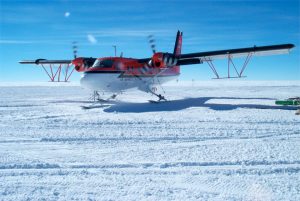
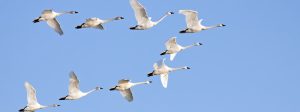
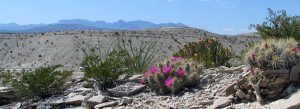

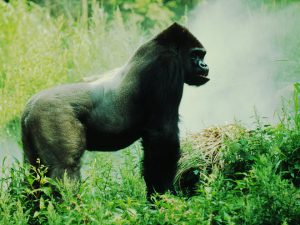

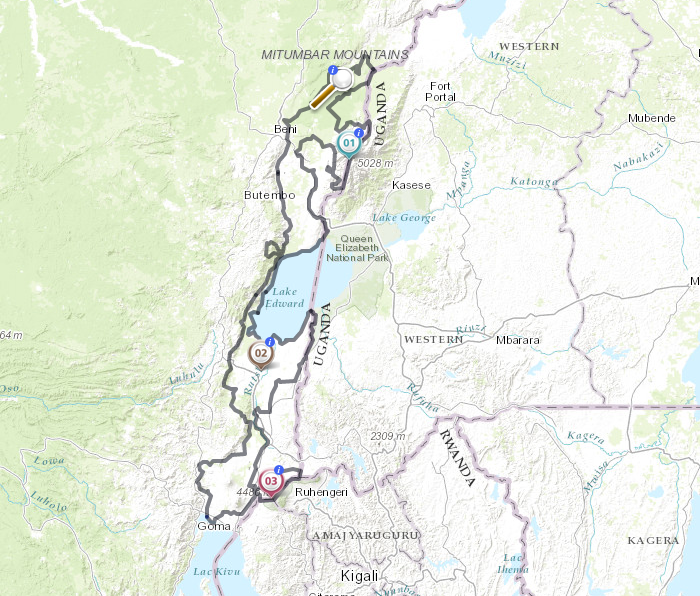
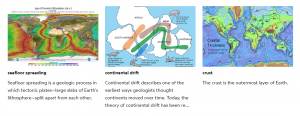
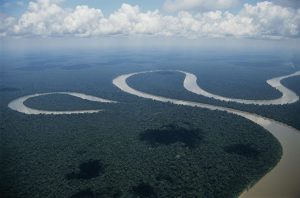 Oxbow Lake beside the Amazon River
Oxbow Lake beside the Amazon River